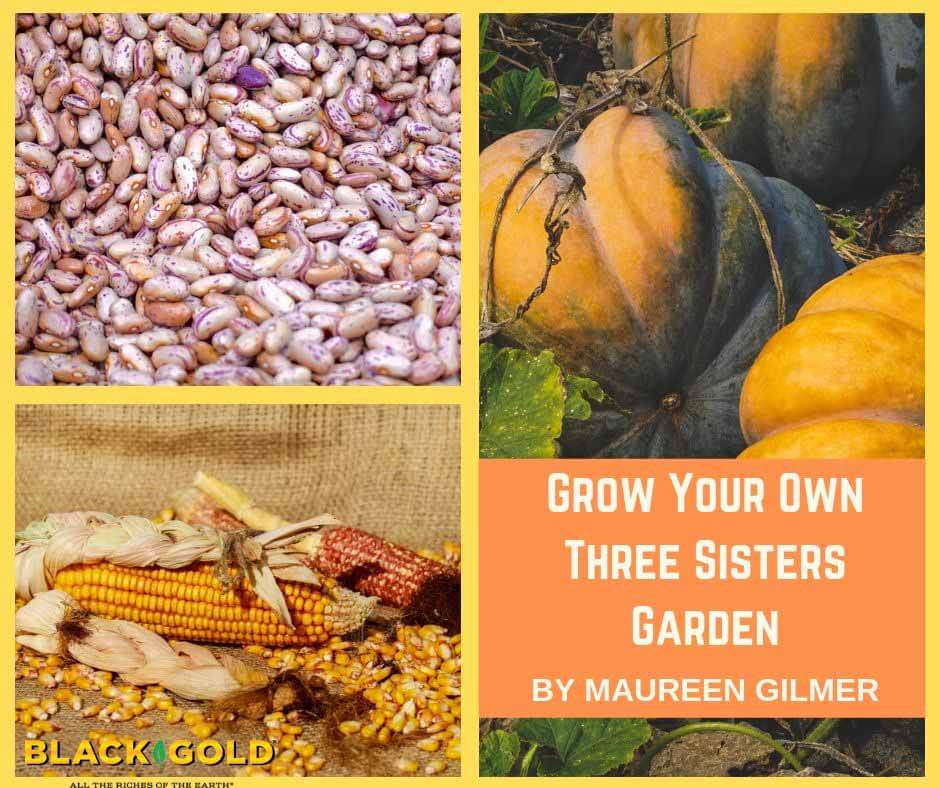
Along the flood plains of America’s rivers, indigenous tribes cultivated crops for centuries. Before levees, rivers spread out far and wide, yet shallow, with each spring flood depositing yet another layer of rich silt upon those from millennia past. These tribes grew the three sisters of Native American agriculture: corn, squash, and beans. Growing in the three-sisters style is a great way to teach youngsters or to create a family project that demonstrates much about gardens, climate, and history.
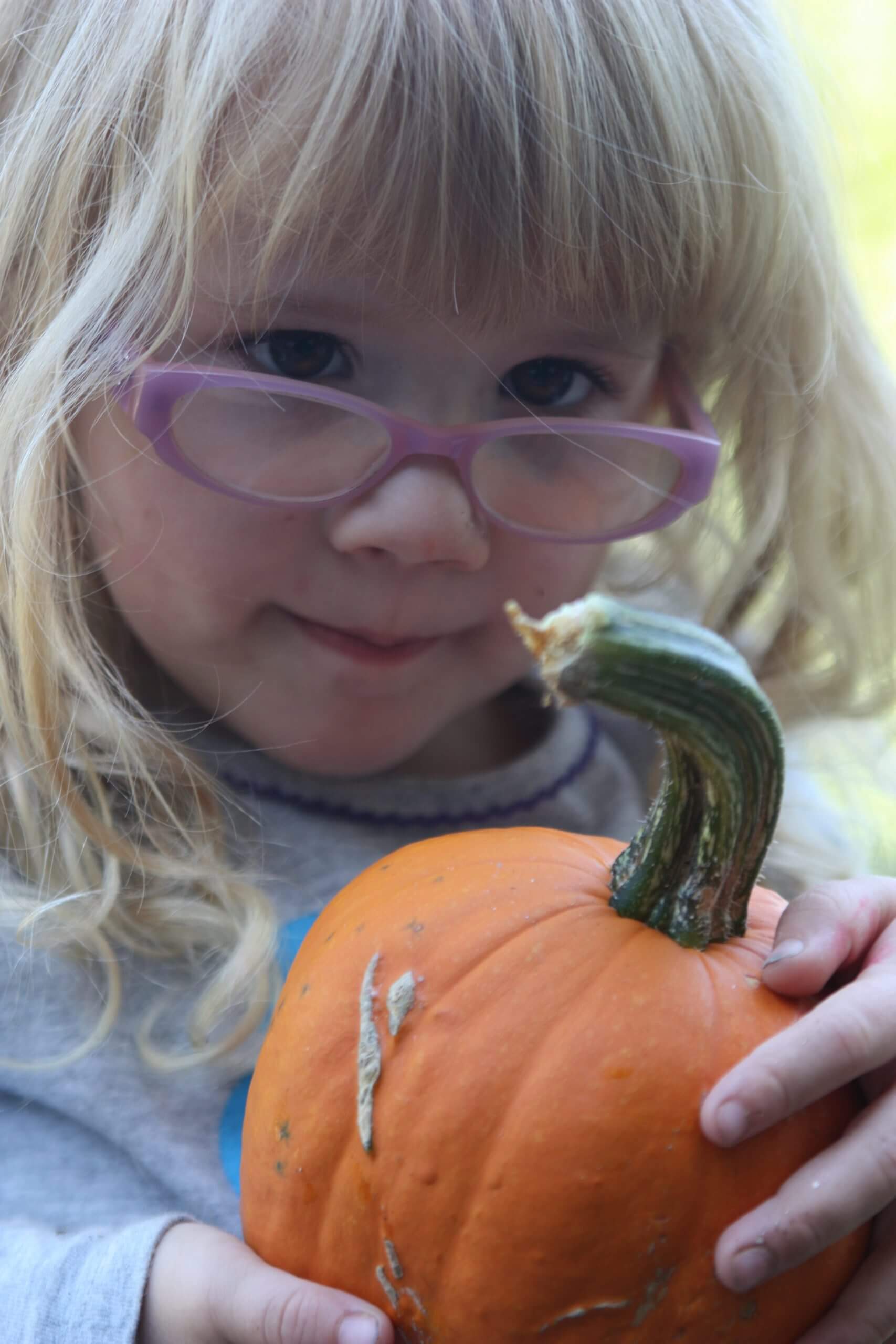
The Benefits of Three Sisters Gardens
Unlike our farm-row monoculture plantings, three sisters agriculture plants all three crops close together on a single mound of earth. First, the corn is sown, germinates, and produces a young stalk. Next, the beans are sown next to the corn to climb that stalk. Like other legumes, beans fix atmospheric nitrogen into the soil to fertilize the heavy -feeding corn. Winter squash is third, which benefits from the shelter of the corn and beans while the large squash leaves shade soil to keep root zone temperatures lower under each mound.
This easy backyard garden project is adaptable to different size spaces by adjusting the mound’s dimensions. It can be just 18″ in diameter for small spaces or for large gardens go up to four feet with proportionately more plants. While irrigating with drip systems, some like to create a depression in the center of the mound that allows for an occasional deep watering ideal for hot dry days.
In the riverbank Indian villages, they saved bones and other leftovers from their fish preparation to fertilize the mounds. The heads, bones, fins, and organs were buried deep into the mound to decompose there and release important nutrients throughout the growing season.
Creating a Three Sisters Garden
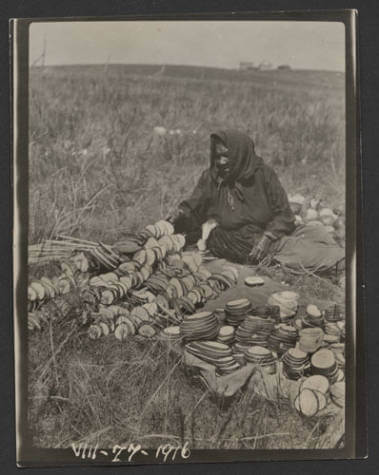
When creating your own mounds, blend in generous amounts of Black Gold Garden Compost Blend to increase humus levels and overall fertility. To boost microbe and micronutrient content work Black Gold Earthworm Castings Blend into the surface soil where the seeds will be sown. In lieu of fish heads, which attract pests, install pockets of fertilizer deep within the soil mound where roots can find them for long-term availability to the plants.
Virtually any corn, squash or climbing beans can be used, but heirloom varieties of these American plants will be closer to those grown by the Indians. In the west explore Native Seed/SEARCH online for rare strains grown by tribes in the desert and northern Mexico. These are the original three sisters varieties developed by Pueblo farmers, but those heirlooms grown by tribes in the north and east are adapted to shorter growing seasons.
 The river gardens were closely protected during the growing season by tribal members who kept a sharp eye out for marauding wildlife or theft. Often young women sat upon an elevated platform for a better view of the field and sang while watching for stealthy young men who’d steal the fresh ears to cook for themselves, and in the process, many marriages found their start amidst the “sisters”.
The river gardens were closely protected during the growing season by tribal members who kept a sharp eye out for marauding wildlife or theft. Often young women sat upon an elevated platform for a better view of the field and sang while watching for stealthy young men who’d steal the fresh ears to cook for themselves, and in the process, many marriages found their start amidst the “sisters”.
Buffalo Bird Woman’s Garden is a reprint of the 1917 book that documents the Hidatsa tribal gardens on the Missouri River flood plain. In this personal account, you will learn everything about the gardens and the role of women within them. Most of all we learn from Buffalo Bird Woman just how intimate these indigenous people were with their crops: “We cared for our corn in those days as we would care for a child; for we Indian people loved our gardens, just as a mother loves her children; and we thought that our growing corn liked to hear us sing, just as children like to hear their mother sing to them.”
Three Sisters On The Mound
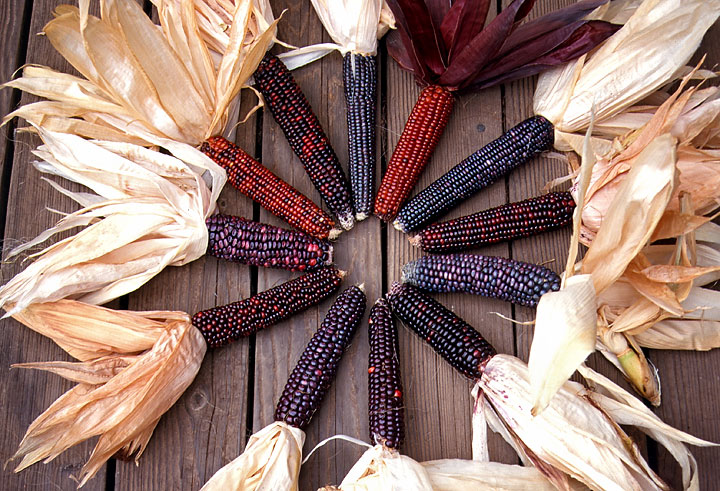 Sister #1 Maize Any kind of corn grows this way but heirloom varieties are shorter with strong stout stalks. If you find decorative Indian corn in the store and love the color, save those ears in a cool dry place to plant in your three sisters garden next year. Order Indian corn seed online for the widest selection, particularly the new Glass Gem popcorn. Small mound: 4 or 5 seeds 6″ apart.
Sister #1 Maize Any kind of corn grows this way but heirloom varieties are shorter with strong stout stalks. If you find decorative Indian corn in the store and love the color, save those ears in a cool dry place to plant in your three sisters garden next year. Order Indian corn seed online for the widest selection, particularly the new Glass Gem popcorn. Small mound: 4 or 5 seeds 6″ apart.
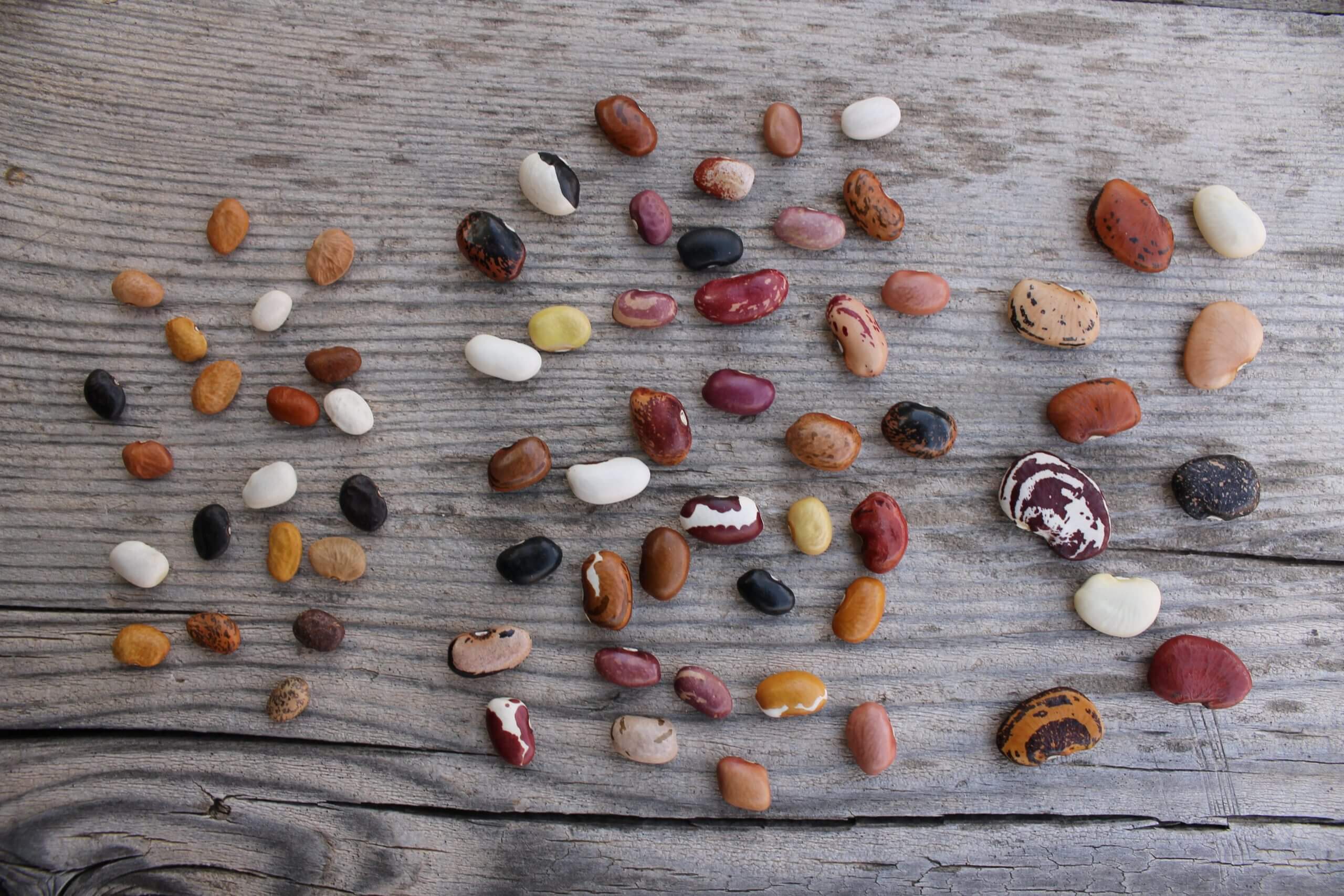 Sister #2 Beans For this growing method use standard climbing beans. Most indigenous tribes grew beans for drying and winter storage, but any green bean that climbs is fine. Small mound: 4 beans close enough to corn for easy climbing.
Sister #2 Beans For this growing method use standard climbing beans. Most indigenous tribes grew beans for drying and winter storage, but any green bean that climbs is fine. Small mound: 4 beans close enough to corn for easy climbing.
 Sister #3 Squash Winter squash were harvested, sliced, strung onto sticks and dried in the open air before storage. Stick with one variety to avoid cross-pollination. Small mound: 2 seeds, one on each side of the mound.
Sister #3 Squash Winter squash were harvested, sliced, strung onto sticks and dried in the open air before storage. Stick with one variety to avoid cross-pollination. Small mound: 2 seeds, one on each side of the mound.

